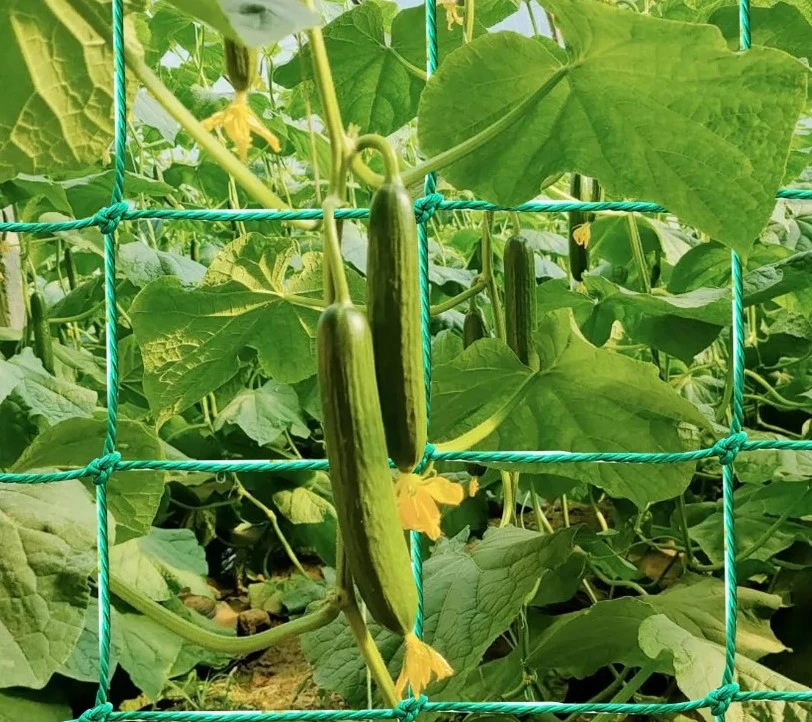-
 Afrikaans
Afrikaans -
 Albanian
Albanian -
 Amharic
Amharic -
 Arabic
Arabic -
 Armenian
Armenian -
 Azerbaijani
Azerbaijani -
 Basque
Basque -
 Belarusian
Belarusian -
 Bengali
Bengali -
 Bosnian
Bosnian -
 Bulgarian
Bulgarian -
 Catalan
Catalan -
 Cebuano
Cebuano -
 China
China -
 Corsican
Corsican -
 Croatian
Croatian -
 Czech
Czech -
 Danish
Danish -
 Dutch
Dutch -
 English
English -
 Esperanto
Esperanto -
 Estonian
Estonian -
 Finnish
Finnish -
 French
French -
 Frisian
Frisian -
 Galician
Galician -
 Georgian
Georgian -
 German
German -
 Greek
Greek -
 Gujarati
Gujarati -
 Haitian Creole
Haitian Creole -
 hausa
hausa -
 hawaiian
hawaiian -
 Hebrew
Hebrew -
 Hindi
Hindi -
 Miao
Miao -
 Hungarian
Hungarian -
 Icelandic
Icelandic -
 igbo
igbo -
 Indonesian
Indonesian -
 irish
irish -
 Italian
Italian -
 Japanese
Japanese -
 Javanese
Javanese -
 Kannada
Kannada -
 kazakh
kazakh -
 Khmer
Khmer -
 Rwandese
Rwandese -
 Korean
Korean -
 Kurdish
Kurdish -
 Kyrgyz
Kyrgyz -
 Lao
Lao -
 Latin
Latin -
 Latvian
Latvian -
 Lithuanian
Lithuanian -
 Luxembourgish
Luxembourgish -
 Macedonian
Macedonian -
 Malgashi
Malgashi -
 Malay
Malay -
 Malayalam
Malayalam -
 Maltese
Maltese -
 Maori
Maori -
 Marathi
Marathi -
 Mongolian
Mongolian -
 Myanmar
Myanmar -
 Nepali
Nepali -
 Norwegian
Norwegian -
 Norwegian
Norwegian -
 Occitan
Occitan -
 Pashto
Pashto -
 Persian
Persian -
 Polish
Polish -
 Portuguese
Portuguese -
 Punjabi
Punjabi -
 Romanian
Romanian -
 Russian
Russian -
 Samoan
Samoan -
 Scottish Gaelic
Scottish Gaelic -
 Serbian
Serbian -
 Sesotho
Sesotho -
 Shona
Shona -
 Sindhi
Sindhi -
 Sinhala
Sinhala -
 Slovak
Slovak -
 Slovenian
Slovenian -
 Somali
Somali -
 Spanish
Spanish -
 Sundanese
Sundanese -
 Swahili
Swahili -
 Swedish
Swedish -
 Tagalog
Tagalog -
 Tajik
Tajik -
 Tamil
Tamil -
 Tatar
Tatar -
 Telugu
Telugu -
 Thai
Thai -
 Turkish
Turkish -
 Turkmen
Turkmen -
 Ukrainian
Ukrainian -
 Urdu
Urdu -
 Uighur
Uighur -
 Uzbek
Uzbek -
 Vietnamese
Vietnamese -
 Welsh
Welsh -
 Bantu
Bantu -
 Yiddish
Yiddish -
 Yoruba
Yoruba -
 Zulu
Zulu
nylon bird mesh
Exploring Nylon Bird Mesh A Sustainable Solution for Avian Conservation
Birds are an essential part of our ecosystem, contributing to pest control, pollination, and seed dispersal. However, as urban areas expand and natural habitats diminish, many bird species face increased risks of habitat loss, injury, and mortality. One innovative solution gaining traction among conservationists and urban planners is the use of nylon bird mesh. This material, known for its durability and versatility, offers an array of benefits for both birds and human environments.
Nylon bird mesh is a type of netting constructed from robust nylon fibers. This lightweight yet strong material can be used in various applications, particularly in conservation efforts. For instance, it provides a physical barrier that can protect birds from hazards such as speeding vehicles and tall buildings. By installing nylon bird mesh around sensitive areas, municipalities can significantly reduce instances of bird collisions, helping to preserve local avian populations.
One of the primary advantages of using nylon bird mesh is its adaptability to various contexts. It can be incorporated into urban architecture, agricultural settings, and wildlife reserves. In urban areas, for example, mesh can be applied to building facades to create a safer environment for birds while maintaining aesthetic appeal. The transparency and light filtering properties of the mesh ensure that it does not obstruct views while allowing sunlight to penetrate. Additionally, it can be designed to blend seamlessly with architectural styles, making it a practical yet visually appealing solution.
nylon bird mesh

In agricultural settings, nylon bird mesh plays a vital role in protecting crops from bird damage. Certain species are known to feast on fruits, seeds, and grains, resulting in significant economic loss for farmers. By covering crops with nylon bird mesh, farmers can effectively deter birds while allowing beneficial insects to access plants. This selective protection supports biodiversity and promotes sustainable farming practices.
Another crucial aspect of nylon bird mesh is its contribution to habitat rehabilitation. In wildlife reserves, it can be used to create safe nesting sites for endangered bird species. By installing mesh around nests to shield them from predators and human disturbances, conservationists can give vulnerable birds a greater chance of survival. Additionally, nylon bird mesh can aid in reforestation efforts by protecting young saplings from birds that might peck at or uproot them.
Sustainability is at the heart of the nylon bird mesh initiative. Modern nylon production has made significant strides in minimizing environmental impact, with many manufacturers employing eco-friendly practices. Furthermore, nylon’s durability ensures that once installed, the mesh can withstand environmental elements for years, reducing the need for frequent replacements and thereby lowering waste.
In conclusion, nylon bird mesh emerges as a multifaceted solution for addressing the challenges faced by birds in today’s changing world. From urban design to agricultural practices and wildlife conservation efforts, its applicability offers countless possibilities for protecting avian populations. As society continues to grapple with the impacts of urbanization and climate change, innovative materials like nylon bird mesh will be instrumental in fostering a more harmonious coexistence between humans and wildlife. Investing in such sustainable practices not only benefits our feathered friends but also enhances the health of our ecosystems and the planet as a whole.
-
Shipping Plastic Bags for Every NeedNewsJul.24,2025
-
Safety Netting: Your Shield in ConstructionNewsJul.24,2025
-
Plastic Mesh Netting for Everyday UseNewsJul.24,2025
-
Nylon Netting for Every UseNewsJul.24,2025
-
Mesh Breeder Box for Fish TanksNewsJul.24,2025
-
Expanded Steel Mesh Offers Durable VersatilityNewsJul.24,2025











